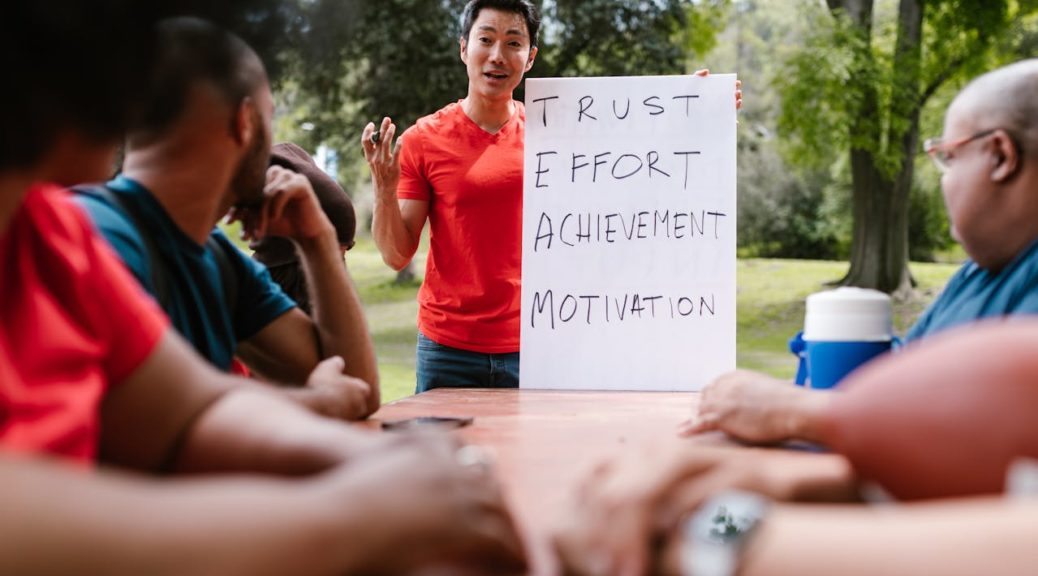Complexities of Leadership in M&A
Mergers and acquisitions are very complex and require much more than financial expertise to be completed. The role of leadership is very important in overcoming the challenges involved in the integration of two different organizations. Strong leadership could ensure a smoother transition and aid in aligning objectives for the merged organizations. The role of leadership in M&A cannot be underrated, simply because such ventures require a lot of ingredients to guarantee their success. You can visit idealsboard.com for more resources and tools to help you with your M&A processes.
The Cultural Confluence in Mergers and Acquisitions
More than leadership, though, are the cultural considerations for combining companies. Culture may be defined as the shared set of values, beliefs, and ways of doing things that characterize an organization. The challenge in a merger between two companies is aligning these cultural values. M&A success is usually determined by how well these cultures can be integrated. Leaders need to understand that cultural integration is critical and take steps to ensure there is a single culture created effectively.
Cultural Fit Analysis
First and foremost, cultural compatibility between the companies should be gauged, which essentially calls for a close review of the core values and operational styles of both entities. This helps in the early identification of potential cultural clashes, with the leaders coming up with strategies to enforce mitigation.
Communication: The Bedrock of Integration
The backbone of any successful M&A is effective communication. Stakeholders at both top and line levels need to be informed and involved in the process. Perception management by way of clear and open communication will help set expectations and reduce uncertainty. The free flow of information is ensured through regular updates, open forums, and feedback mechanisms.
Use technology for smooth integration.
Management can be on a completely different level in this digital age by utilizing available technology. The tools for communication, project management, and collaboration help track each aspect of the merger process. This comprises information from the most recent trends in technology from sites such as TechCrunch or Business Insider that are relevant within the sphere of M&A.
The Role of Leadership in Building Trust
The most important ingredient in any successful M&A comes out to be ‘Trust’. It requires much effort on the part of leaders to develop and maintain trust among employees, stakeholders, and clients. This means laying the merger goals and challenges open before them and showing concern for the well-being of all stakeholders connected with the enterprise.
Setting the Future Vision
An easy-to-understand and endearing vision of the future is important in securing the support of all stakeholders. It should specify the merits of the merger and what exactly will be done to carry out this plan. The leaders have to communicate the vision clearly and also ensure that this vision reaches the existing and new members of an organization.
The Role of Continuous Learning and Adaptation
The M&A processes are dynamic and full of learning that needs continuous updating. The leaders have to stay current with best practices and emerging trends in the industry. Staying tuned to resources such as Bloomberg and Reuters will keep one updated with relevant ideas and changes that are important for managing M&As successfully.
Feedback and iteration
Feedback mechanisms should be set up to take feedback from all levels of the organization. This feedback is very useful in pointing out flaws and defects and undertaking appropriate adjustments. Iterative processes aid in fine-tuning strategies and making sure that the merger proceeds as planned.
In Summary
The two major drivers of the success of mergers and acquisitions are effective leadership and cultural integration. Leaders guide their organizations in aligning organizational goals to drive one culture through the myriad complexities of M&A. Of course, leaders can guide their organizations toward successful integration—focus on communication, leverage technology, and continuously learn.

